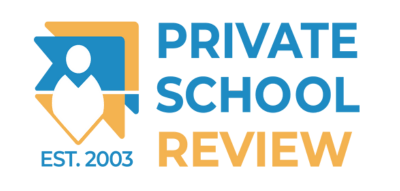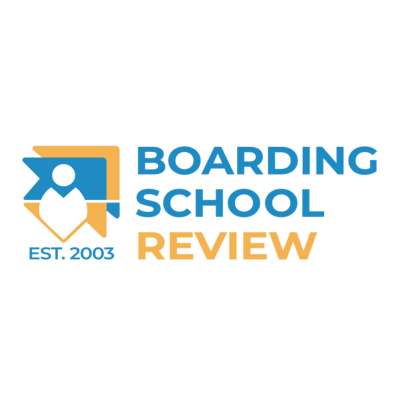Specific Indicators Determining Your School’s Market Health
by Trevor Waddington, Principal, Truth Tree
It’s great to have a general idea of why families choose your school or not after the admission cycle. However, two veritable canaries in the coal mine can indicate a school’s forecastable market health.
For this post, let’s call them Group A and Group B.
Group A: Those who had your school at the top of their list when the process began and did not choose to enroll if accepted.
Group B: Those who had you at or near the bottom of their list when the process began and chose to enroll their child(ren) at your school.
Let’s unpack each group.
Several factors can put a school at the top of the list. Group A’ers may have had an existing primary or secondary relationship with the school, such as a parent alum or a close relative is an administrator or teacher. Geography and prestige may also be factors, among others. The sub-group I’m after has no pre-existing bias toward a school. They have done their homework and feel that your school’s ethos is in line with their own and your style of education is a good match for their child(ren) – at least on paper.
Group B families, those who had you at the bottom of their list but enrolled, might have thrown your school on their list for safety reasons or from the recommendation of a colleague or specialist. The sub-group I’m after are those families who were accepted to similar schools (e.g., grades serving, philosophy, and ethos) and ultimately chose yours.
Eliciting feedback from Group B will likely be easier than from Group A for the obvious reason that they are now “a part of the family.” That is why it is vital to survey parents immediately after the process. This also ensures more reliable response data.
In your admission survey, you should find out how they heard about you, how they weigh the importance of each touch point, and why they chose you or the other school.
Here is an important succession of questions to identify your Canaries and determine if you are going to get black lung or not.
1. Which best describes your relationship with our school?
a. Our student is newly enrolled
b. Our student was accepted, but we enrolled elsewhere
c. Our student was waitlisted
d. Our student was denied enrollment
e. Our student enrolled because we were waitlisted/denied from our top choice(s)
(PS – good luck getting anyone to circle E)
2. When the process began, where was our school on your list of favorites?
a. At the top
b. Near the top
c. Near the bottom
d. At the bottom
e. I did not rank schools
3. If you ranked the schools, did our school move up or down your rankings, and why?
a. Your school moved up
b. Your school moved down
Why?
[Insert paragraph answer block]
What I’m looking for is a recognizable pattern as to why the school went up or down in perceived or real value. If it is something a school can control, then it’s a problem with market health, and it is time to take control. If it is something that cannot be controlled, then the school has a problem with market share, and it is time to re-evaluate the mission and philosophy as it relates to organizational benchmarks and outcomes.
Many factors go into a school’s market share, including new competition in the area, a crisis or scandal, or the general lack of organizational integrity and leadership.
Factors that affect market health include shabby facilities, an inaccessible financial aid director, or a few bad reviews on PrivateSchoolReview.com
Whatever the reasons families choose not to send their student(s) to your school, the worst response is dismissing them as not savvy enough to recognize your awesomeness.
That kind of Kool-Aid talk is the fastest way to a foreclosure sign on the lawn. But, if you can make meaningful adjustments without compromising your mission, you’ll be better prepared for the next admission season.











